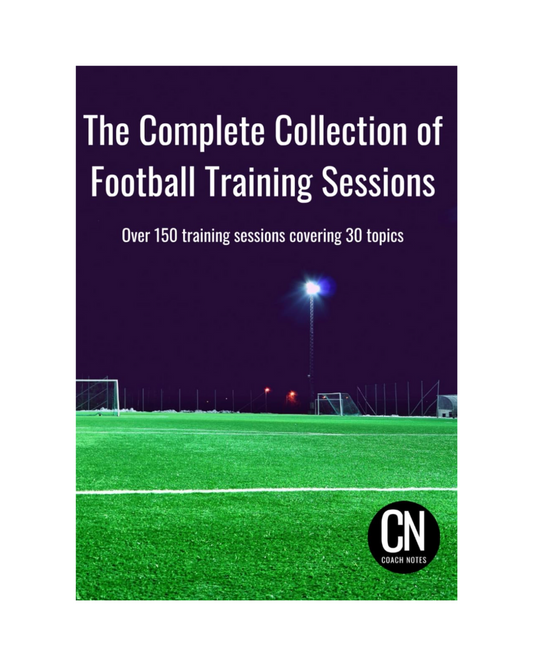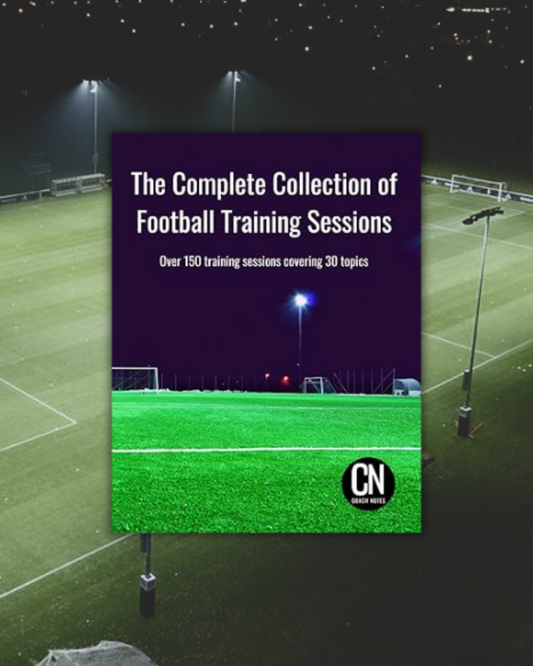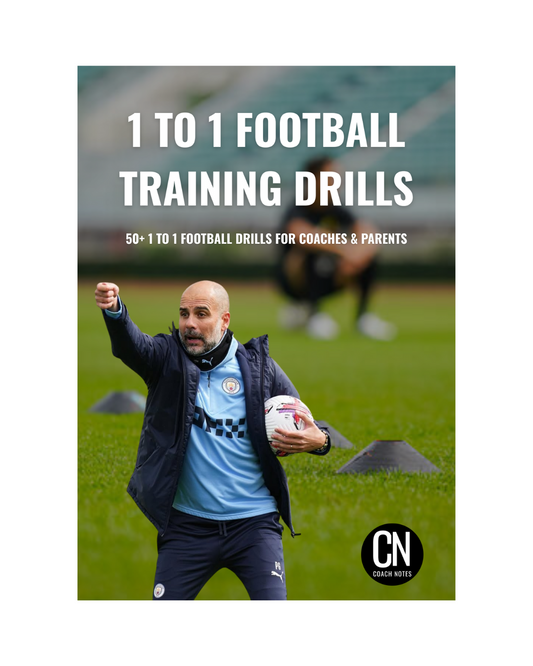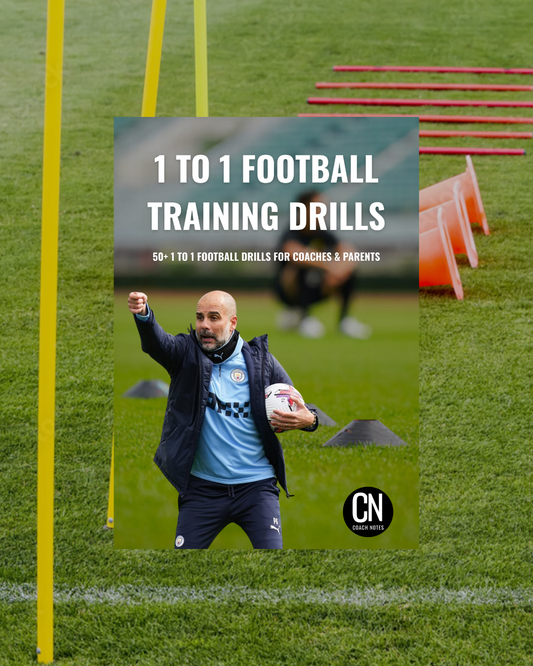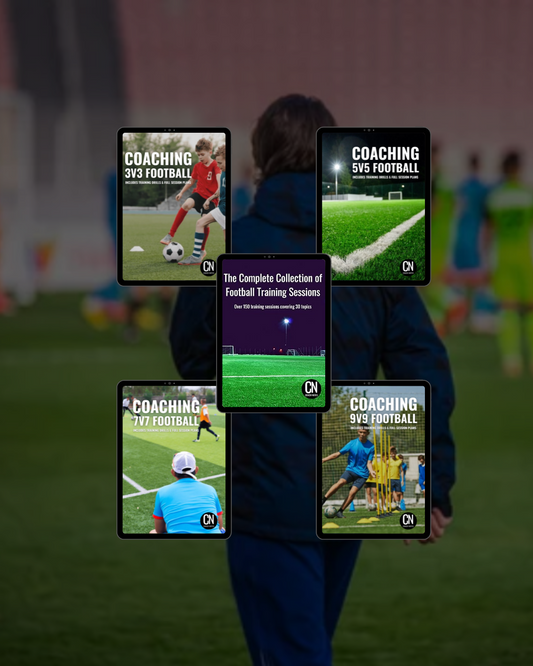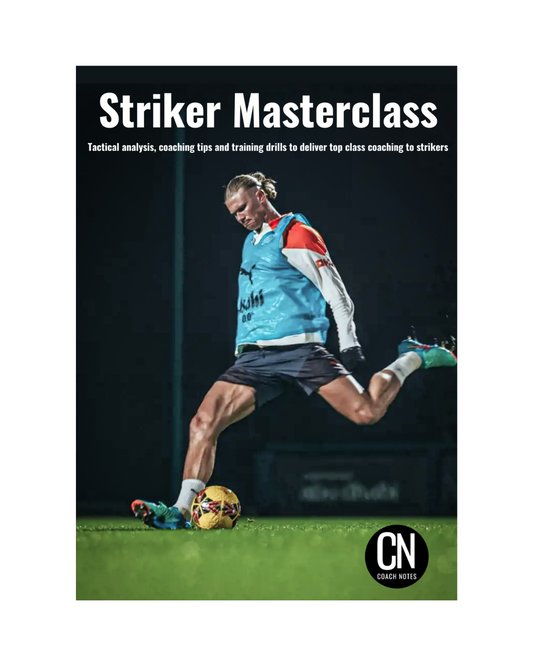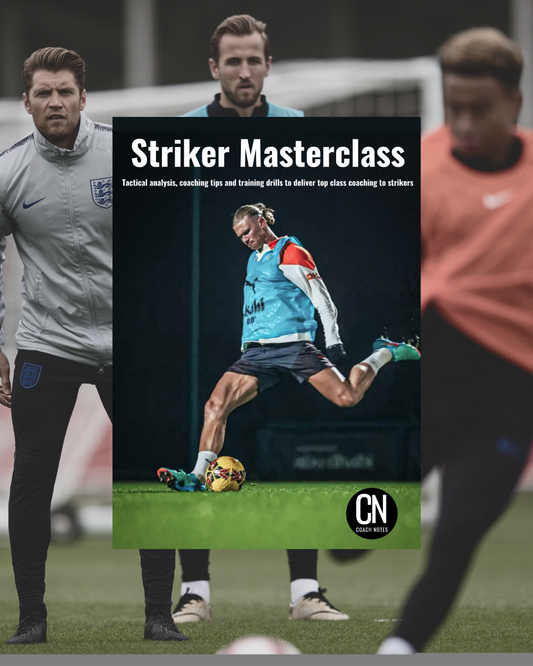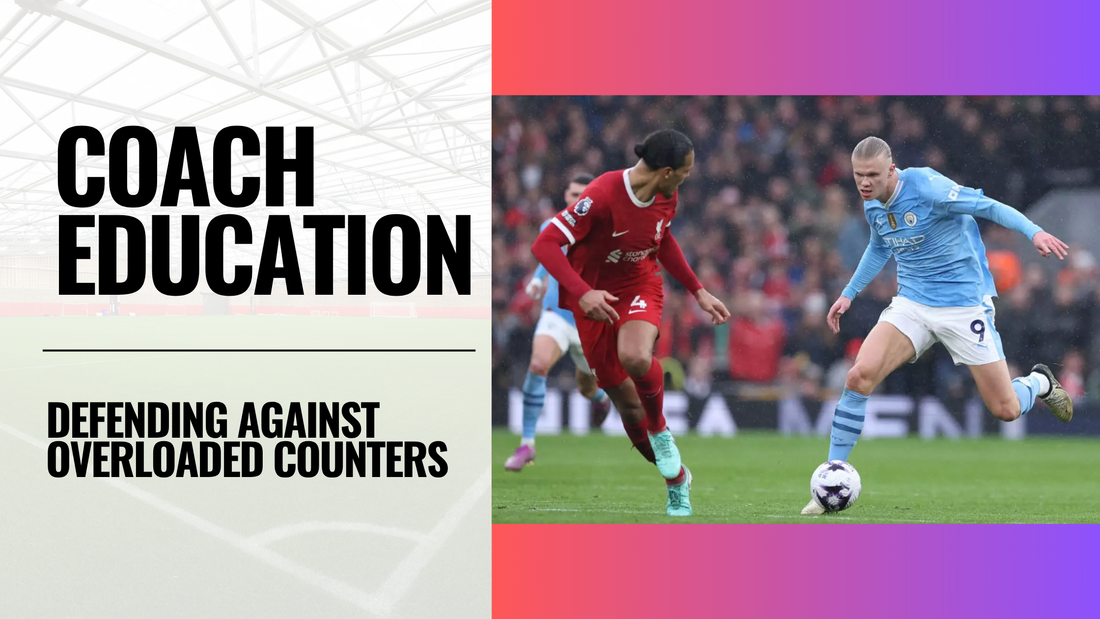
Defending Against Overloaded Counter Attacks
Share
Counter attacks are one of the most dangerous weapons in football. Many goals and high-quality chances come from quick transitions when the defending team is caught out of shape. One of the toughest challenges defenders face is dealing with a numerical disadvantage during these moments. In these situations, the aim is not to win the ball immediately, but to delay the attack and allow team-mates to recover. This article explores how coaches can equip their players to defend effectively against overloaded counter attacks.
🛡️ Understanding the Situation
During transitions, especially after losing possession in the attacking third, your team might be left with one or two defenders facing multiple attackers. These moments can lead to a 3v2, 2v1 or even 3v1 overload for the attacking team. In such situations, the defending side must adopt a very specific mindset:
Delay, don’t dive in.
This mindset is key to disrupting the momentum of the counter and giving team-mates time to recover into shape.
🔑 Key Defensive Principles When Outnumbered
1) Delay the Attack
The primary goal for the outnumbered defender is to slow the attack down. Sprinting toward the ball or going to ground is rarely the answer. Instead, defenders must position themselves to:
- Narrow passing angles.
- Block access to central, dangerous spaces.
- Encourage the attacker to play sideways or backwards.
Every second the attacker is delayed is a second gained for recovering defenders to get back into position.
2) Cut Passing Lanes
Defenders should always scan for passing options. By adjusting their body position and footwork, they can angle their approach to:
- Take away the most threatening passing option.
- Force the ball carrier toward their weaker foot or into a wider area.
- Make the attackers hesitate, increasing the chance of a poor decision or misplaced pass.
3) Show Wide, Not Central
Forcing play out wide reduces the threat level significantly. Central spaces allow for direct shots, quick combinations, or 1v1s with the goalkeeper. Showing an attacker outside limits their options, often leading to a weaker angle for a shot or a cross that can be dealt with.
4) Stay On Your Feet
Perhaps the most important principle in these moments is to stay composed. Diving into tackles when outnumbered is high risk and often fatal:
- If the tackle is missed, the attacker is through on goal.
- If it’s mistimed, the defender risks a card or even a sending off.
- It reduces the delay time and invites dangerous outcomes.
Instead, defenders should jockey the attacker, staying balanced and ready to react to their movement. If the attacker makes a mistake or takes a heavy touch, that’s the moment to strike.
⚽️ Coaching Tips to Develop These Skills
To prepare your players for these scenarios, you must create training sessions that replicate the pressure and decision-making of transition moments. Here are some suggestions:
-
Small-sided transition games - (e.g. 3v2s or 2v1s from midfield):
Create short bursts of overloads that require quick defensive thinking and recovery runs. - Jockeying drills - Repeated practice of delaying and forcing attackers wide, with emphasis on footwork and patience.
- Video analysis - Review goals conceded from counter attacks and focus on the defender’s body position, decision making and timing.
- Scenario-based training - Recreate match-like situations with attackers breaking quickly and defenders needing to readjust under pressure.
- Communication training - Encourage vocal defenders to organise their team-mates’ recovery runs and make decisions about who pressures and who covers.
🧠 Mental Side of Transition Defending
In counter attack situations, defending is often as much mental as it is physical. Defenders need to:
- Stay calm under pressure.
- Trust their positioning and angles.
- Avoid the urge to win the ball immediately.
Developing this composure requires exposure to these moments in training and giving players permission to slow the game down rather than panic.
💭 Final Thoughts
Teaching your defenders how to deal with overloaded counter attacks can significantly reduce the number of goals your team concedes. It’s about patience, positioning, and smart decision making. Remember, the defender’s first job is not to win the ball back – it’s to give the team time. With effective delay, intelligent positioning, and composed defending, even a 3v1 counter attack can be neutralised.


